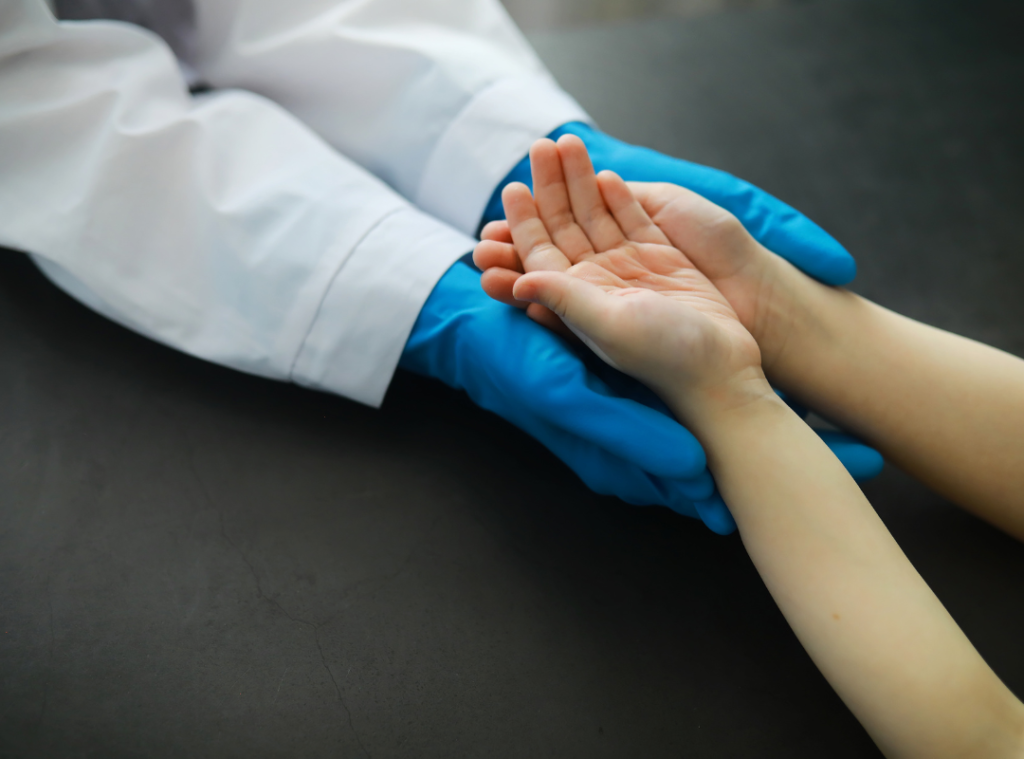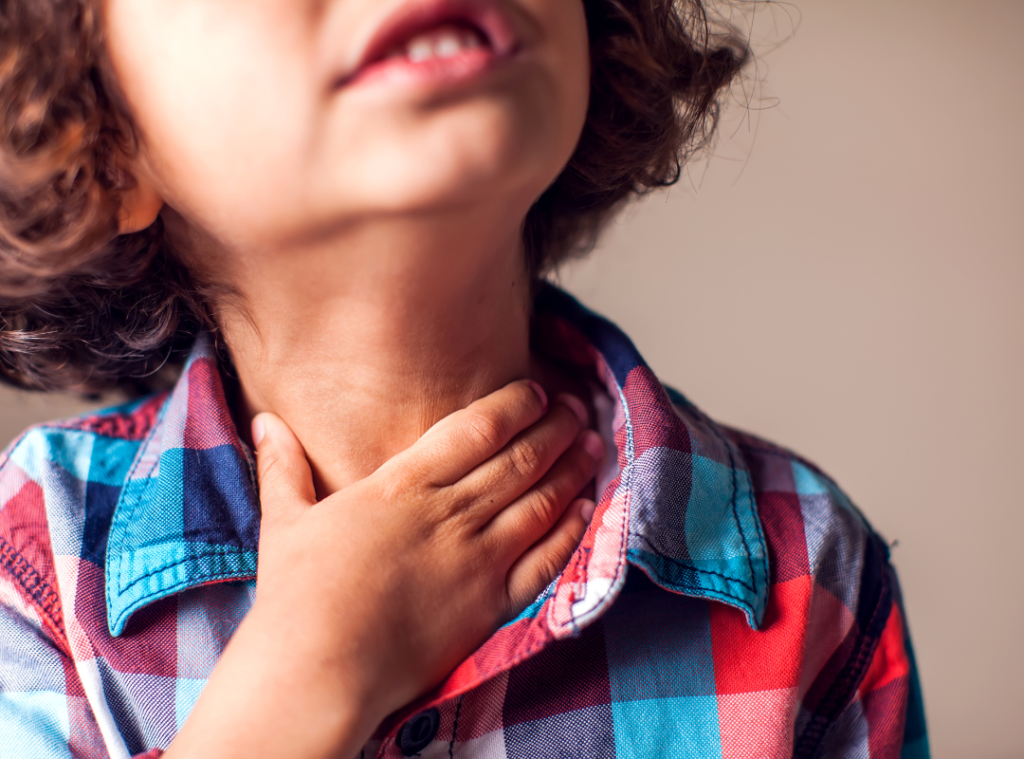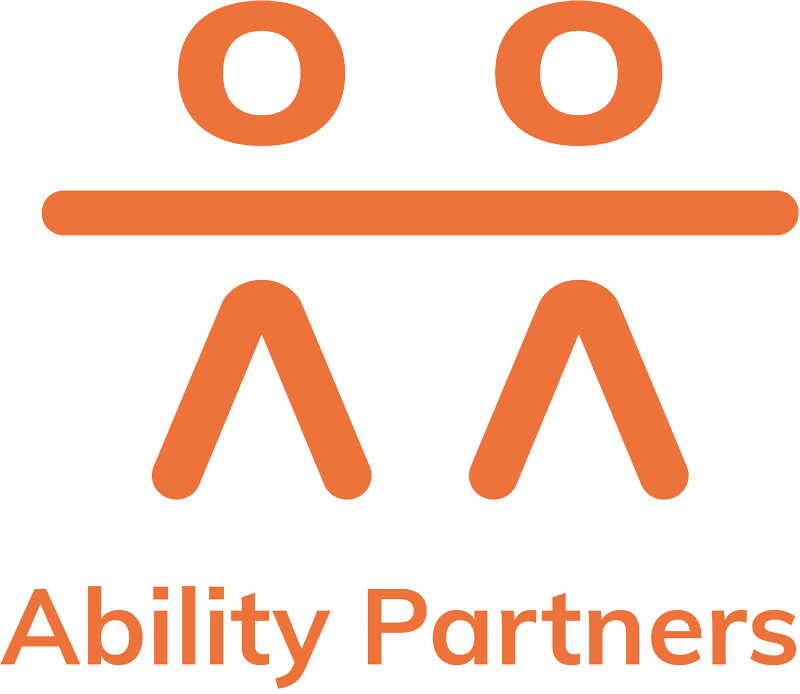Factors affecting the quality of life in children and adolescents with hypermobile Ehlers-Danlos syndrome and other hypermobility spectrum disorders.
This journal article was sourced to inform clinical practice for an existing case with details as follows:
Diagnoses;
- Hypermobile Ehlers-Danlos Syndrome (hEDS).
- Hypermobility spectrum disorder (HSD).
Impairments; Holistic Approach / Quality of Life (Qol)
- Physical capacity.
- Emotional wellbeing.
- Social wellbeing.
- Sleep patterns.
- Schooling experience.
- Psychosocial functioning.
- Perception of illness.
What is hEDS & HSD?
- Hereditary connective tissue disorder.
- Complex symptoms and co-morbidities.
- Genetic condition that mainly affects a person’s joints, skin and the walls of their blood vessels.
- hEDS was previously indistinguishable from ‘joint hypermobility syndrome’ and was diagnosed as HSD prior to its revision in 2017.
How was QoL assessed?
- Pediatric Quality of Life Inventory.
- PedsQL Multidimensional Fatigue Scale.
- Functional Disability Inventory.
- Pain Frequency Severity Duration Scale.
- Brief Illness Perception Questionnaire.
- Measures of anxiety and depression using the Delphi method.
Main Findings
- Participants with hEDS/HSD had lower overall PedsQL scores when compared to the healthy population.
- Significantly deficient physical and emotional subscores and increased fatigue.
- Lower PedsQL social score was associated with psychiatric diagnosis and older age.
- Increased Functional impairment was associated with MCAS (mast cell activation syndrome) diagnosis, POTS (postural orthostatic tachycardia syndrome) diagnosis, headaches, psychiatric or neurosurgical diagnosis.

Image Description: Doctor wearing blue gloves holding young patients hands.
Methodology Review
- Retrospective Review (Research gathered from 2004-2017, published in 2019).
- Ethnography Research (Survey Based/ Qualitative).
- Small sized, cross-sectional analysis.
- Inclusion criteria: 10-18 years old and have a Beighton score of 4/9 or above with a diagnosis of either hEDS or HDS.
- 220 registered participants, only 22% (48 children/adolescence) completed the survey’s sufficiently & were directly affected by hEDS/HSD. *Research also looked at parents of affected children/adolescents.
- 81% Female & 19% Male with a Mean age of 16.1years.
- 3% also had at least one affected sibling.
Physical Therapy & Symptom treatment
- Physical Therapy was the most tried (89%) and helpful (74%) form of treatment for those with hEDS/HSD.
- Secondly, Psychological Counselling and 504 plans for assistance in schooling environments.
- Benefits of physical therapy for young kids as they continue to grow with rapid change in bone, tissue and muscle.
Characteristics of hEDS
- Joint hypermobility and instability.
- Recurrent joint subluxations/dislocations.
- Chronic and widespread joint pain.
- Skin manifestations.
- Migraines.
- Headaches.
- Functional bowel disorders.
- Orthostatic intolerances (such as POTS).
- Chronic fatigue.

Image Description: Child is holding his neck in pain. They have curly, short, brown hair. They are wearing a multi-coloured red, blue and navy checked shirt.
Practical Application and Take Home
- Delayed diagnosis: 2-3 years from symptom onset to formal diagnosis.
- Poor quality of life and co-morbidities for children and young adults, increased need for multidisciplinary care in early stages of life.
- Misdiagnosis, treatment of symptoms and lifelong co-morbidity experience.
- MCAS (Mast cell activation syndrome / anaphylaxis) and POTS (postural orthostatic tachycardia syndrome) commonly diagnoses with hEDS/HSD.
- Still little study into the pediatric and young adult experience.
Journal Article: Am J Med Genet A. 2019 April ; 179(4): 561–569. doi:10.1002/ajmg.a.61055.


